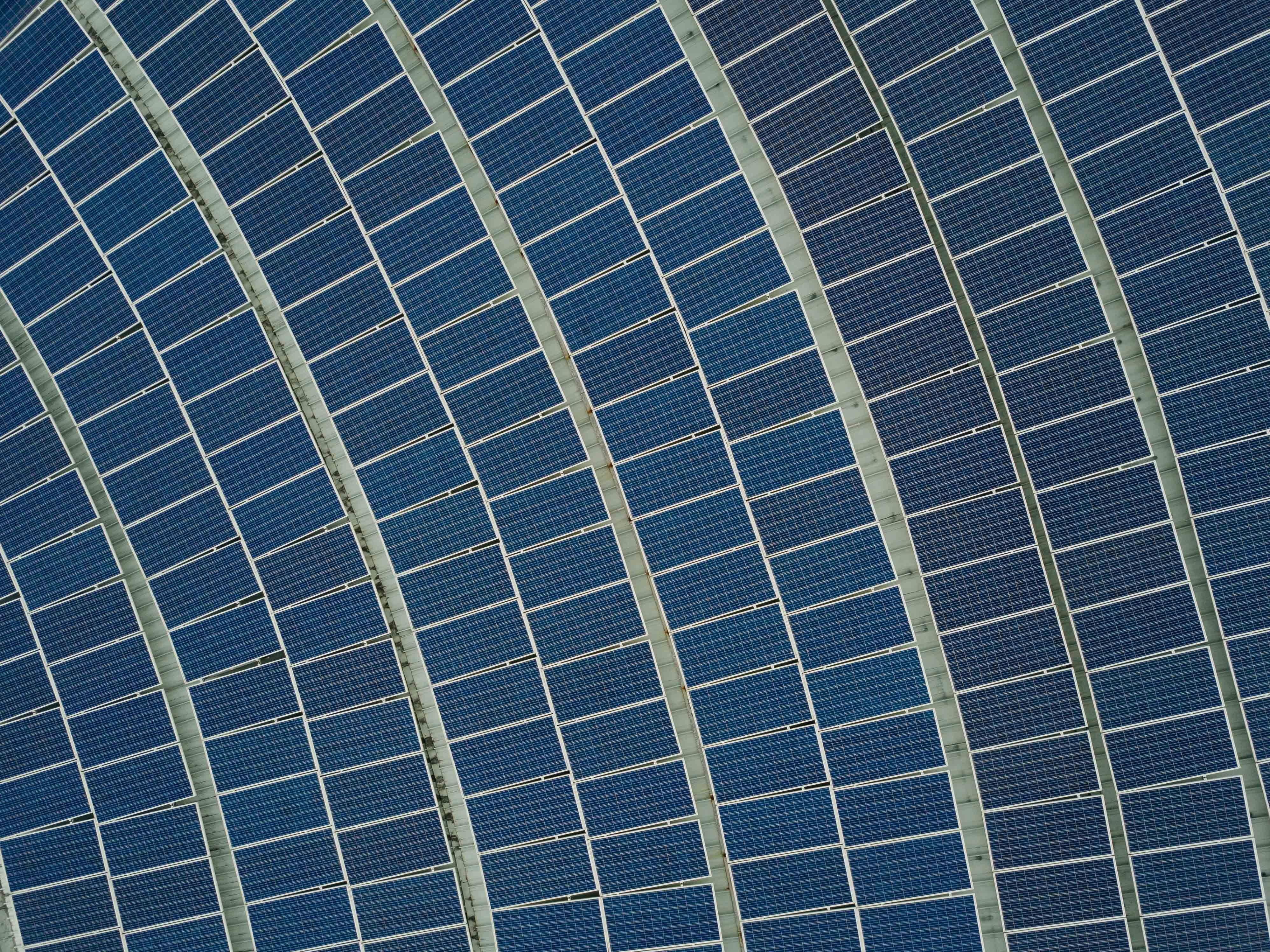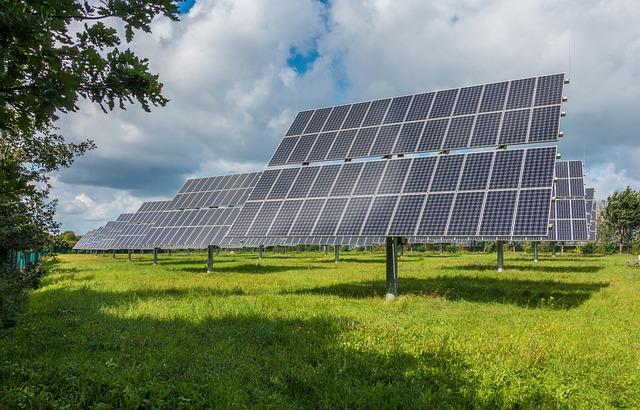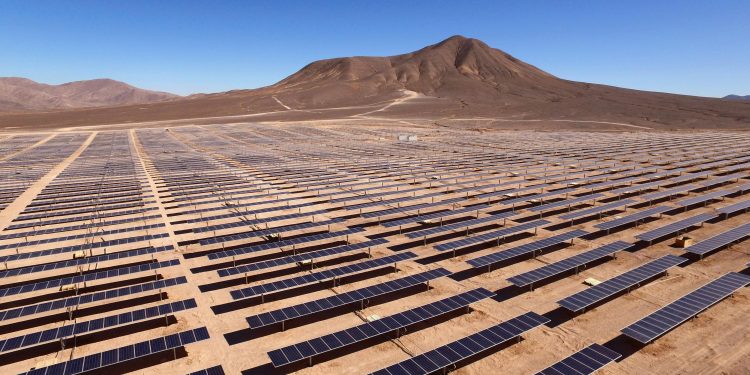In the golden age of technological advancement, where solar panels gleam atop rooftops like futuristic sentinels, a quiet revolution is underway. This transformation, driven by the promise of clean and renewable energy, is reshaping our landscapes and illuminating the path toward a more sustainable future. Yet, beneath the sunlit optimism lies a shadowy question: are the costs associated with harnessing solar power creating an energy divide? As solar technology becomes increasingly accessible, the disparity in who can afford this green luxury and who cannot is emerging as a poignant issue. This article delves into the intricate dynamics of solar costs and their role in shaping energy inequality, exploring whether this beacon of progress is truly a light for all or a privilege for the few.
Balancing the Scales of Solar Access
In the quest for sustainable energy solutions, the promise of solar power shines brightly, yet not all communities bask equally in its benefits. Solar access remains an issue of equity, as installation costs and maintenance can be prohibitive for lower-income households. The upfront expenses and credit requirements for financing options often create barriers that disproportionately affect those who might benefit the most from reduced energy costs. Moreover, neighborhoods with lower property values might find fewer incentives for solar developers to invest, perpetuating a cycle of energy inequality.
To address these disparities, several approaches can be considered:
- Subsidies and Incentives: Government programs can offer financial support to make solar installations more affordable.
- Community Solar Projects: Shared solar installations can provide access to solar energy for those unable to install panels on their own homes.
- Innovative Financing: Models like pay-as-you-go and solar leasing can lower the entry barrier for low-income families.
By implementing these strategies, we can move towards a more equitable distribution of solar energy, ensuring that its benefits are accessible to all, regardless of socioeconomic status.
Hidden Costs and Their Impact on Energy Equity
While solar energy is often heralded as a beacon of sustainable progress, it’s essential to unearth the hidden costs that may not be immediately apparent. These costs can subtly erode the promise of energy equity, affecting those who can least afford it. For instance, the upfront investment in solar technology remains a formidable barrier for low-income households. Although long-term savings are significant, the initial capital required can be daunting, leaving some to rely on outdated, less efficient energy sources.
- Installation Costs: These can vary significantly based on location, roof type, and local regulations, often skewing affordability.
- Maintenance Expenses: Regular maintenance and potential repair costs can further burden homeowners, especially in areas prone to harsh weather conditions.
- Financing Challenges: Limited access to favorable financing options or incentives can make solar adoption difficult for underprivileged communities.
These hidden costs highlight a critical gap in achieving true energy equity. Without addressing these disparities, the push for widespread solar adoption may inadvertently widen the gap between different socio-economic groups, undermining the inclusive potential of renewable energy solutions.

Innovative Solutions to Bridge the Solar Divide
To address the growing concern of energy inequality due to rising solar costs, innovative approaches are essential. One such solution is the development of community solar projects, which allow multiple households to share the benefits of a single solar installation. This model not only reduces the individual cost burden but also democratizes access to renewable energy, ensuring that lower-income families can participate in the solar revolution.
Additionally, advancements in solar technology and financing have the potential to make a significant impact. Key initiatives include:
- Microfinancing options that provide small loans to individuals or communities, facilitating the initial investment in solar infrastructure.
- Government subsidies and incentives aimed at reducing upfront costs and encouraging adoption in underserved areas.
- Innovative leasing models where users can pay a monthly fee instead of a large upfront payment, making solar more accessible to all income levels.
By leveraging these solutions, we can create a more equitable energy landscape where everyone has the opportunity to benefit from sustainable power sources.

Empowering Communities Through Equitable Solar Policies
In recent years, solar energy has become a beacon of hope for a sustainable future, yet the benefits are not equally distributed. The high initial costs of solar panel installations often place this green technology out of reach for low-income households. This disparity not only hinders the broader adoption of solar energy but also exacerbates existing economic divides. To counteract this, equitable solar policies are crucial in ensuring that all communities, regardless of economic status, can access the advantages of renewable energy.
- Incentives and Rebates: Offering subsidies and tax breaks to lower-income families can make solar installations more affordable.
- Community Solar Projects: These initiatives allow individuals to invest in shared solar arrays, reducing the burden of high upfront costs.
- Flexible Financing Options: Innovative financing models, such as pay-as-you-save programs, can alleviate financial barriers for those most in need.
By implementing such measures, we can pave the way for a more inclusive solar revolution, ensuring that the transition to clean energy is a shared journey, not a privilege reserved for a few.
The Conclusion
As the sun sets on our exploration of the complex relationship between solar costs and energy inequality, it becomes clear that the path forward is as nuanced as the dance between light and shadow. While the promise of solar energy shines brightly as a beacon of sustainability, the disparities in access and affordability cast long shadows that cannot be ignored. The challenge lies not only in harnessing the sun’s power but also in ensuring that its benefits illuminate every corner of society. As we continue to innovate and invest in renewable energy, let us remain vigilant in our quest to balance the scales, ensuring that the dawn of a solar future is one that rises for all. With each ray of hope, may we find new ways to bridge the gaps and create an equitable energy landscape that empowers everyone under the sun.

































